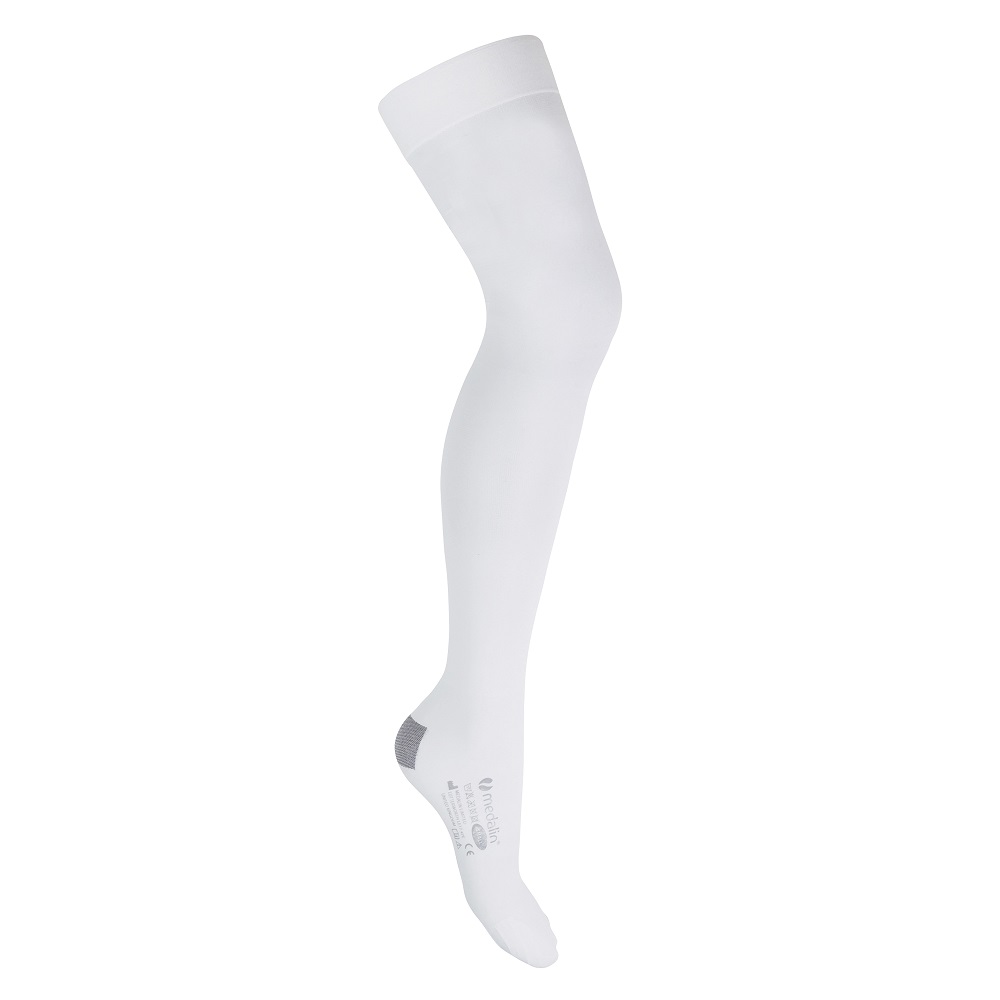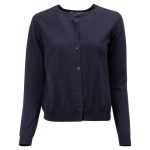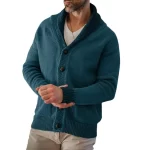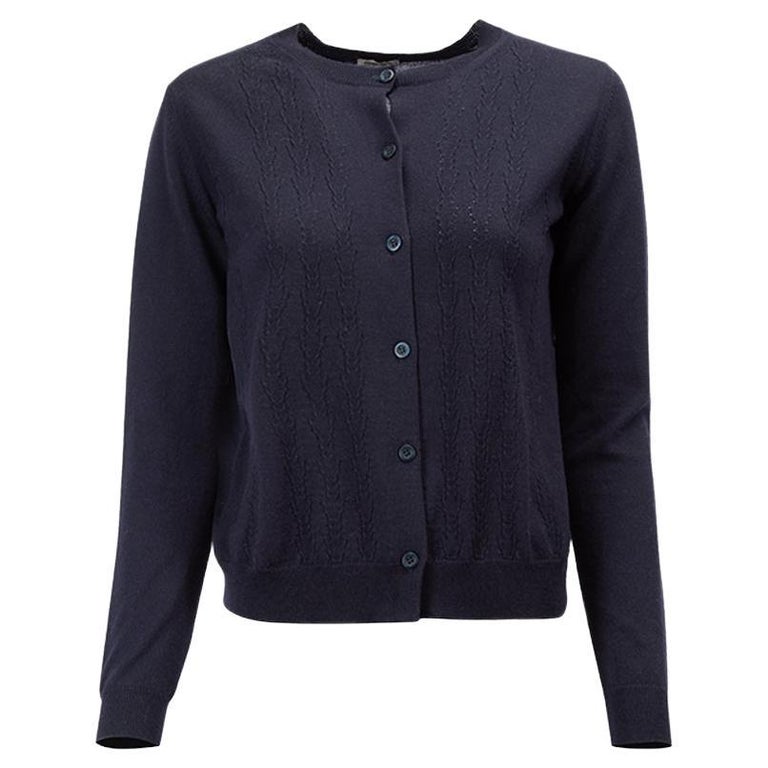Introduction to Antiembolic Stockings
Post-surgery care is a critical aspect of healing, and among the various interventions available, antiembolic stockings (AES) play a significant role in enhancing circulation. These compression garments are specifically designed to stimulate blood flow, thereby reducing the risk of complications such as deep vein thrombosis (DVT) and pulmonary embolism (PE). Understanding how these stockings work, their applicability in diverse surgical cases, and their long-term benefits can lead to improved patient outcomes and decreased healthcare costs.
The use of antiembolic stockings is grounded in the principles of graduated compression. This means that the stockings apply varying degrees of pressure, with the highest compression at the ankle and gradually decreasing up the leg. This design aims to promote venous return from the legs to the heart, ensuring that blood flows efficiently and reducing stasis in the lower extremities. As patients recover from surgery, especially those due to orthopedic procedures or abdominal surgeries, the risk of blood clots rises significantly. Wearing antiembolic stockings can be a simple yet effective preventive measure in the clinical setting.

The Mechanics of Action: How Antiembolic Stockings Work
The Science Behind Compression Therapy
Antiembolic stockings are a non-invasive method of managing venous circulation and preventing clot formation. The stockings provide constant pressure on the legs to counteract the effects of gravitational pull on the blood. When a person is immobile, as is often the case after surgery, blood tends to pool in the veins of the legs, increasing the risk of thrombosis. By using graduated compression, these stockings help to maintain the flow of blood, keeping it moving toward the heart.
One of the primary functions of AES is to narrow the diameter of distended veins. This action assists in maintaining a higher venous return through the muscle pump mechanism. Essentially, as patients move their legs, the contracting muscles squeeze the veins, and with the stockings applying pressure, this pumping action becomes more effective. The result is a notable reduction in the development of blood clots and improvement in overall circulation.
Graduated Compression: A Closer Look
The effectiveness of antiembolic stockings largely depends on the gradient of compression used. Typically, the pressure is highest at the ankle and decreases as the stocking moves up the leg. Various classes of stockings are available, each designed with specific compression levels measured in millimeters of mercury (mmHg).
For example, stockings with a compression level of 15-20 mmHg may be prescribed for patients undergoing minor procedures, while those with 30-40 mmHg compression are often recommended for high-risk surgical patients. The appropriate compression depends on several factors, including the type and duration of surgery, the patient’s history of venous disease, and other individual risk factors like obesity or immobility.

Reducing Risk: Prevention of Deep Vein Thrombosis (DVT)
The Threat of DVT in Post-Surgery Patients
Deep vein thrombosis is a potentially life-threatening condition that occurs when a blood clot forms in a deep vein, often in the legs. This condition is particularly common among patients recovering from surgery because of decreased mobility and other factors such as dehydration, which can lead to thicker blood. The implications of DVT include not only the immediate risks of pain and swelling but also the potential for serious complications such as pulmonary embolism, where the clot travels to the lungs and obstructs a blood vessel.
The risk factors for DVT are wide-ranging, including prolonged immobility, previous history of clotting disorders, and certain surgical procedures, especially those involving the hips, knees, and abdomen. As such, postoperative care protocols frequently prioritize the prevention of DVT, making antiembolic stockings an essential part of the management plan.
Efficacy of Antiembolic Stockings in DVT Prevention
Numerous studies have demonstrated the effectiveness of antiembolic stockings in significantly reducing the incidence of DVT in postoperative patients. Research shows that patients who wear these stockings immediately after surgery have considerably lower rates of thrombosis compared to those who do not wear them.
The application of compression therapy can be further enhanced through a combination of patient education regarding mobility, such as encouraging ambulation as soon as medically feasible and implementing leg exercises. Moreover, clinicians are increasingly considering the use of AES in conjunction with pharmacological agents, such as anticoagulants, to bolster the prevention of thromboembolic complications. The synergistic effect of these approaches helps ensure comprehensive care and optimal patient outcomes as they recover.
Enhancing Comfort and Recovery: The Role of Antiembolic Stockings
The Comfort Factor
Comfort is paramount in the recovery process after surgery. Unmanaged discomfort can lead to anxiety, increased pain perception, and even delays in rehabilitation efforts. While antiembolic stockings are primarily known for their circulation benefits, they were designed with patient comfort in mind. High-quality AES products are made from soft, breathable materials that minimize irritation and ensure a good fit.
Additionally, the design of modern antiembolic stockings has evolved to incorporate features that enhance user experience. Thinner, more elastic materials make it easier for patients to wear them without feeling overly constricted. Furthermore, lace-top and silicone grip designs can help secure the stockings in place, preventing them from rolling down or bunching up. The focus on comfort through design not only keeps patients motivated to wear the stockings but also plays a vital role in their overall recovery experience.

Maximizing Recovery Through Circulation
As patients begin to ambulate again, the benefits of enhanced circulation from antiembolic stockings become even more pronounced. Improved circulation contributes to efficient nutrient delivery, waste removal from the tissues, and a reduction in swelling and pain. Patients often report feeling more energetic and less fatigued, enhancing their ability to participate in rehabilitation activities, which are crucial for recovery.
Moreover, a highly functional circulatory system is essential for the healing of surgical wounds. Enhanced blood flow facilitates the supply of oxygen and essential nutrients to the scar tissue, leading to quicker and more effective healing. This aspect underscores the importance of integrating antiembolic stockings into postoperative care, particularly for patients who undergo extensive incisions or trauma to the body.
Long-Term Benefits of Antiembolic Stockings
Strategic Component of Postoperative Care
The advantages of antiembolic stockings extend beyond the immediate postoperative period. Their use represents a strategic component of a long-term patient care plan. By reducing the incidence of DVT and PE, antiembolic stockings contribute to fewer complications and readmissions. In an era where healthcare costs continue to rise, focusing on preventive care through means like AES can lead to significant savings for both healthcare systems and patients.
Facilities that implement antiembolic stockings as a standard protocol often notice a decline in overall thromboembolic events. In tandem with educational efforts that encourage patients to engage in early mobilization and leg exercises, these stockings can create a more effective system for managing patient risk post-surgery.
The Psychological Impact of Effective Recovery
The mental aspects of recovery should not be overlooked. Patients who experience fewer complications and better outcomes are likely to have increased confidence in their healing process. This can lead to overall greater satisfaction with their healthcare experience. In addition, reduced anxiety about complications allows patients to focus on their recovery and rehabilitation without fear of clot formation or other setbacks.
Furthermore, the successful implementation of antiembolic stockings and other preventive strategies can create a more positive environment for both patients and healthcare providers. It fosters an atmosphere of proactive care, where the focus shifts from managing complications to promoting health, wellness, and recovery.
Conclusion: A Vital Tool for Postoperative Success
In conclusion, antiembolic stockings represent an essential tool in the postoperative care arsenal. Their ability to enhance circulation, reduce the risk of DVT and PE, and improve overall comfort during recovery makes them a vital component of effective patient care. As the healthcare industry continues to evolve, prioritizing preventive strategies such as the use of antiembolic stockings will be invaluable in promoting better patient outcomes and reducing healthcare costs.
Patients, healthcare providers, and policymakers must work collaboratively to ensure that antiembolic stockings recognize and integrated into surgical protocols. By doing so, we can enhance recovery experiences and outcomes, minimize complications, and ultimately, improve the quality of life for patients navigating the postoperative phase. As research continues to validate their effectiveness, it becomes even clearer that antiembolic stockings are more than just garments—they are key players in the pursuit of comprehensive patient care.










